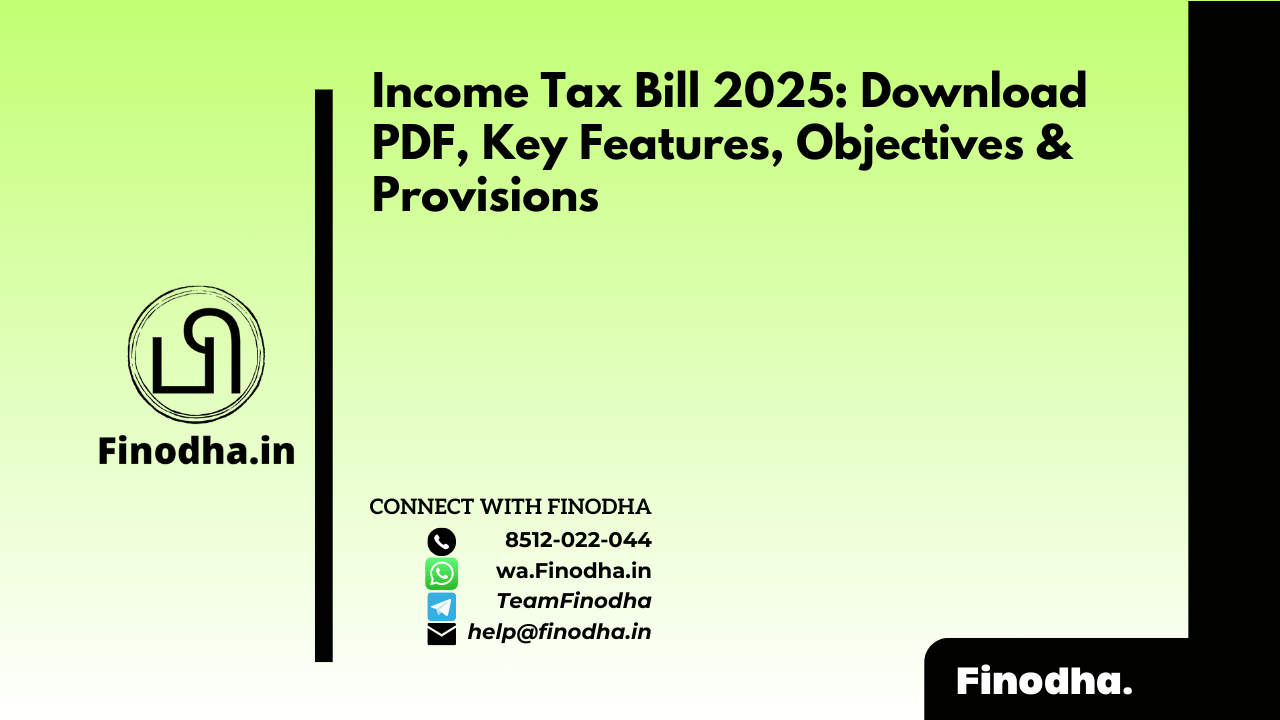Important Keyword: Tax on Gratuity, Gratuity, Income from salary, Income Tax.
Table of Contents
Tax on Gratuity
Gratuity is a significant lump sum benefit granted to employees by a company upon their departure after a minimum of five years of continuous service. This form of payment is among the various retirement benefits offered. Importantly, taxation on gratuity is applicable only when its sum surpasses the Exemption Amount specified in Section 10(10) of the Income-tax Act.
The calculation of gratuity hinges on two primary factors: the duration of an employee’s tenure with an organization and their final salary drawn from that employer. This benefit is bestowed by the employer to the employee upon completing five years of service.
Eligibility Criteria to Receive Gratuity
Gratuity is a significant employee benefit applicable to workers across various sectors such as oil fields, factories, mines, ports, railways, shops & establishments, plantations, and educational institutions with a staff count of 10 or more at any point during the financial year. Importantly, once an employer falls under the purview of this act, gratuity remains applicable even if the number of employees decreases below 10.
For an individual to be eligible for gratuity, they must meet certain fundamental criteria:
- Employee Status: The individual must be an employee receiving wages from the organization. Apprentices are not entitled to this benefit.
- Tenure: The employee should have served continuously for a minimum of 5 years.
- Termination Events: Gratuity is payable upon the resignation, superannuation, disablement due to accident or disease, or demise of an employee, provided they have completed the requisite term.
It’s worth noting that in the case of an employee’s death or disablement, the 5-year tenure requirement does not apply.
Gratuity Exemption
Under Section 10(10) of the Income Tax Act, gratuity benefits received at the time of retirement or separation are eligible for exemption. Employees are categorized into two groups for this purpose:
- Government Employees: For employees working in government sectors, including both state and central government, defense personnel, and those employed by local authorities, the entire gratuity amount received is fully exempt under Section 10(10)(i).
- Non-Government Employees: This category includes employees not covered under government employment, including those in private sector and PSU roles. For these employees, the exemption amount varies based on whether they fall under the Payment of Gratuity Act, 1972.
Taxation of Gratuity:
Tax treatment differs for non-government employees based on their classification. If the gratuity amount is received by a nominee or heir upon the employee’s demise, it is subject to taxation under the “Income from other sources” category.
Employees Covered Under the Payment of Gratuity Act
Under the Payment of Gratuity Act, 1972, employees receive a benefit that’s considered part of their salary, subject to taxation according to existing laws. If the employee falls under this act, exemption is available under Section 10(10)(ii). The exemption amount is the least of the following:
- The gratuity amount received.
- INR 20 lakhs.
- Last drawn salary (Basic + DA) multiplied by the number of years of employment multiplied by 15/26.
For example, let’s consider Mr. A, who received INR 7,00,000 as gratuity in the previous year. He served for 25 years and 7 months (with the excess of 6 months counted as a full year), and his last drawn salary was INR 40,000.
| Sr. No. | Particulars | Amount (INR) |
| 1 | Last drawn salary (Basic + DA) | 40,000 |
| Number of years of employment | 26 (rounded off) | |
| Gratuity | 40,000*26*15/26 = 6,00,000 | |
| 2 | Maximum exemption allowed | 20 lakhs |
| 3 | Gratuity actually received | 7 Lakhs |
| Amount of exemption (least of the three) | 6 Lakhs | |
| Taxable Gratuity | 1 Lakh |
Under the Payment of Gratuity Act, 1972, employees are entitled to a gratuity amount calculated based on 15 days’ salary for every completed year of service or part thereof, with the number of years rounded off to the nearest full year. This gratuity amount is subject to taxation laws and exemptions as per Section 10(10)(ii) of the Income Tax Act.
Employees Not Covered Under the Payment of Gratuity Act
If the employee is not covered by the Payment of Gratuity Act, 1972, the gratuity received is subject to exemption under Section 10(10)(iii) of the Income Tax Act. The exempted amount is determined as the least of the following:
- The amount of gratuity received.
- INR 20 lakhs.
- Last 10 months’ average salary (excluding the month of retirement) multiplied by the number of years of employment multiplied by 1/2.
For instance:
Mr. B received INR 9,00,000 in gratuity in the previous year. He served for 20 years and 7 months. The average of his last 10 months’ salary was INR 70,000.
| Sr. No. | Particulars | Amount (INR) |
| 1 | Average of last 10 month’s salary | 70,000 |
| Number of years of employment | 20 (not rounded off) | |
| Gratuity | 70,000*20*1/2 = 7,00,000 | |
| 2 | Maximum exemption allowed | 20 lakhs |
| 3 | Gratuity actually received | 9 Lakhs |
| Amount of exemption (least of the three) | 7 Lakhs | |
| Taxable Gratuity | 2 Lakh |
Read More: Arrears of Salary- Taxability & Relief under Section 89(1)
Web Stories: Arrears of Salary- Taxability & Relief under Section 89(1)
Official Income Tax Return filing website: https://incometaxindia.gov.in/




